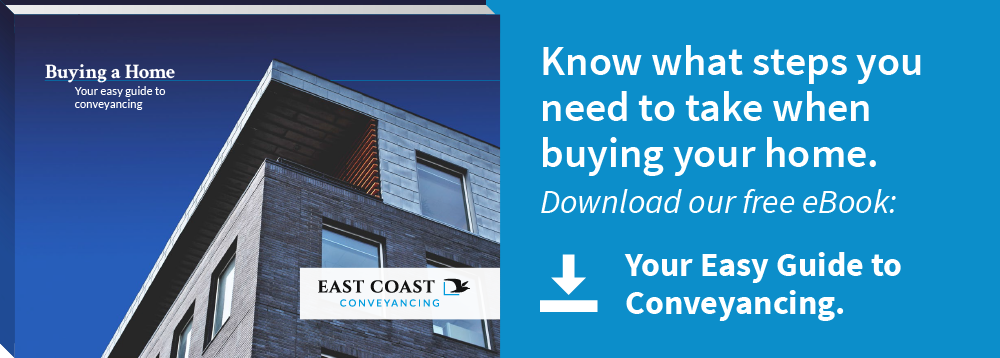Understanding Transfer Duty in NSW
Sep 12, 2019 3:49:38 PM
Transfer duty, commonly known as stamp duty, is one of the biggest upfront costs when buying a property and it has been known to catch many buyers out when they don’t factor transfer duty into the expenses of buying a property. We're going to break down what stamp duty is, how you calculate it in NSW and who can potentially get an exemption below.
Transfer Duty Explained
Simply put, transfer duty is a duty, or tax, charged by the State Government for certain types of transactions that is paid for by the purchaser. You'll find it on different transactions like mortgages, property transfers, and vehicle registrations. Some gifts and insurance also have transfer duty tax. Each state and territory charge a transfer, or stamp, duty and the rules on how it is calculated vary from state to state.
How NSW Calculates Transfer Duty
In NSW, transfer duty is calculated on a sliding scale based on the purchase price. It can be calculated on either the property’s sale price or its current market value – whichever is the higher of the two options.
When is Transfer Duty Paid?
Typically, transfer duty must be paid within three months of the contract for sale or transfer of property being signed. If you are unable to pay your transfer duty on time, you will be charged interest on the amount owing and you may also be asked to pay a penalty which is generally around 25% of the amount owing.
Who Can Get Transfer Duty Exemptions in NSW
In NSW, the Government offers the First Home Buyers Assistance Scheme, which means first-time home buyers may be eligible for an exemption for transfer duty taxes. There are a number of requirements that must be met to be eligible.
If you are unsure about your eligibility for a transfer duty exemption, or have any other questions about transfer duty, we encourage you to get in touch with our friendly staff on 1800 459 507.
Return to Blog


